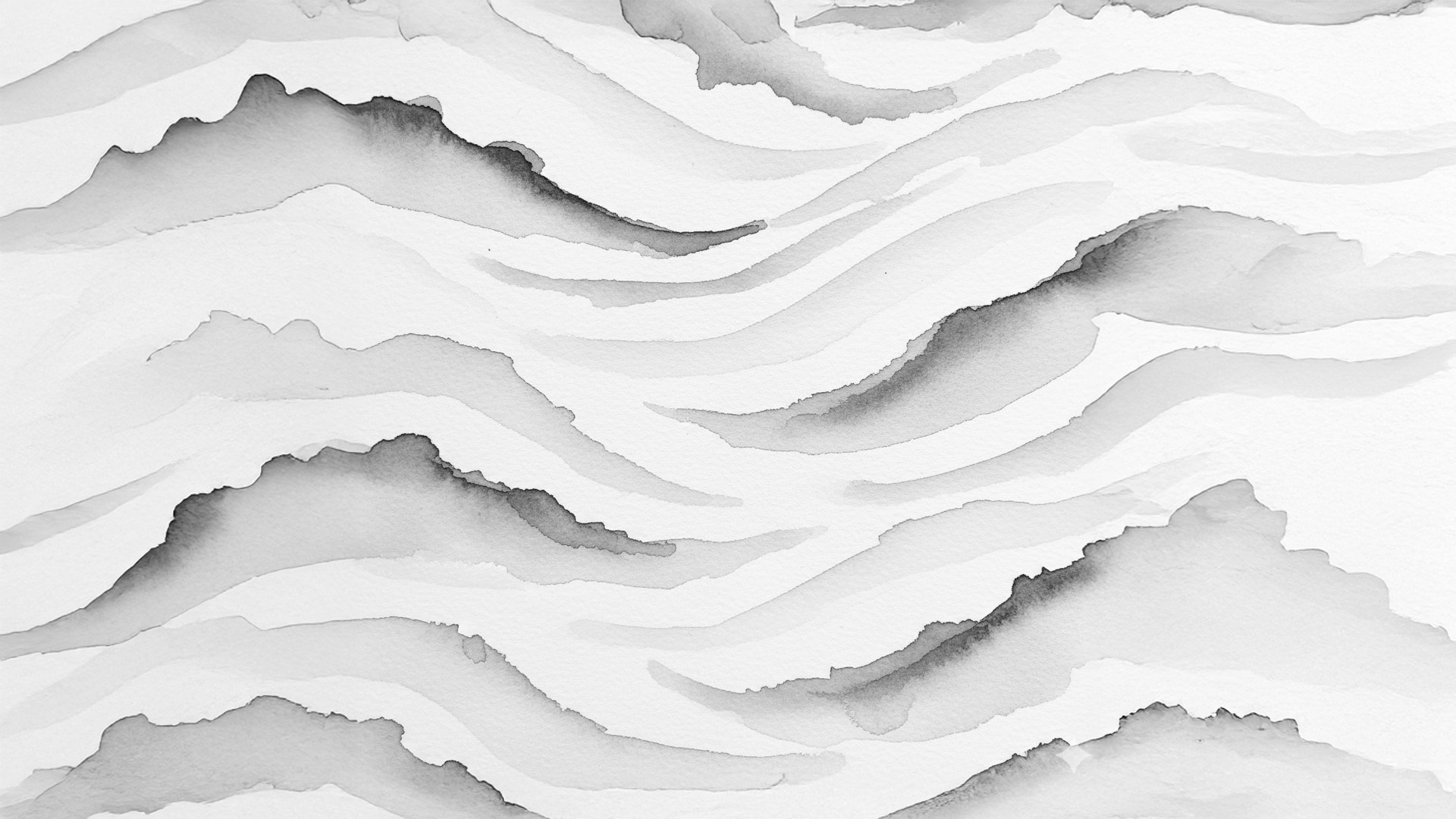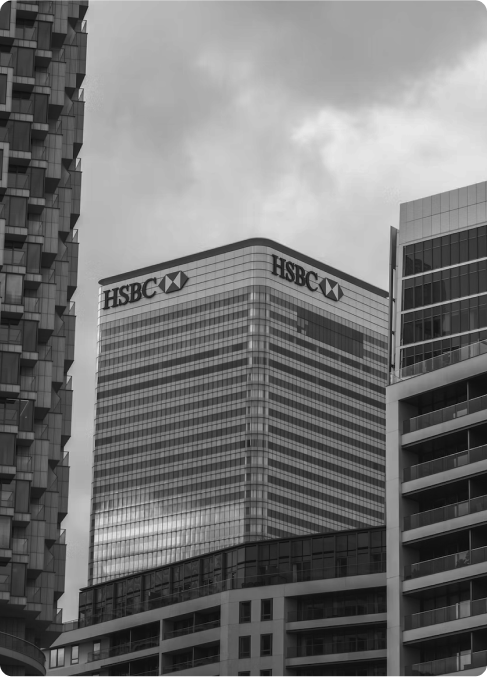In the dynamic ecosystem of a communications agency, innovation is not an option, but a necessity. For decades, graphic design has been the discipline responsible for giving visual form to ideas, translating abstract concepts into powerful images. However, the emergence of artificial intelligence (AI) not only has changed our tools, but has redefined the essence of our creative process.
This integration of AI design and communication agencies is not about replacing humans with machines, but rather empowering designers with a tireless and ultra-fast ally. At the agency, we have experienced this transformation first-hand, especially with the generation of visual content for our blog and 3D images for our report covers and social media carousels.
The challenge of the abstract: visual identity with AI
Every graphic designer sometimes faces the challenge of illustrating concepts that are inherently complex and abstract. Terms such as public relations, digital marketing, or specialised communication are not easy to capture in a single, memorable image.

With the redesign of comma’s image, the agency decided that the featured images on our blog should be a manifesto of our philosophy: modern, conceptual and organic, even using technology. We decided to use AI to generate images that symbolised the sound waves of communication through different materials and textures, assigning a material to each of our main content categories:
- Content creation: watercolour, due to the artistic and improvised nature of the creative process.
- Communication training: porcelain, symbolising the process of transforming clay (raw knowledge) into finished beauty (polished skills) through a process of modelling and firing.
- Digital marketing: glitter, due to the urgent need to attract attention and the fleeting but necessary sparkle of online campaigns.
- Media relations: paper, honouring its traditional origins in the written press
- Public relations: marble, which evokes the seriousness, solidity and institutionality with which long-term relationships of trust are built.
- The agency: fungi, for their symbolism of being a living entity, interconnected beneath the surface (the mycelium), representing the organic and collaborative spirit of our agency.
- Specialised communication: The pearl texture inside an oyster, being a unique, highly valuable element, requires a cultivation process and specialisation to be found.
By associating each theme with a texture, we have created a unique visual language that has only been possible thanks to the versatility and synthesis capabilities of AI design. It is the perfect example of AI at the service of human creativity.
AI SEO: the intelligence of structure
The symbiosis between AI design and communication agencies goes beyond the visual; it impacts the visibility of our message. Artificial intelligence has become an essential ally for the SEO (Search Engine Optimisation) of our texts.
For a communications agency seeking to position itself, the structure of a post is as important as its content. AI helps us optimise this structure in a surgical manner:
- Inclusion of the target keyword phrase: AI helps us to insert our target keyword phrase (AI design and communications agency) naturally into the text, headings (subheadings) and body of the article, maintaining readability without overdoing it.
- Hierarchical structure: ensures that we use headings (H1, H2, H3) in a logical and hierarchical manner, making it easier for both users and Google crawlers to read.
- Optimised meta description: AI is capable of condensing the essence of the post into a concise and attractive meta description, complying with character limits and using SEO criteria to encourage clicks from search results.
Essentially, AI is our structural architect for SEO. It frees us from the mechanical and repetitive part of optimisation, allowing us to concentrate on what we do best: creating valuable content.
The decline of traditional tools?
The pace of advancement in AI tools is so fast that the reflections in this post, and the capabilities we celebrate today, will become obsolete in the near future. We need only look at examples such as the capabilities of Google Nano Banana (or similar AI plugins in browsers) or the new features of ChatGPT to perform tasks that until very recently were exclusive to advanced design software such as Photoshop o Illustrator.
The question is inevitable: Is this the end of traditional design tools?
The most accurate answer is: no, it is its evolution. AI does not replace Photoshop or Figma, but rather integrates into them as a layer of superpower. Designers no longer spend hours cutting pixels, manually vectorising or creating the plan, profile and elevation of an object; they delegate these tasks to AI and devote their time to conceptualisation, art direction and strategy. The traditional tool becomes the ecosystem where the designer, assisted by AI, executes their vision. AI accelerates production, allowing creativity to scale to new levels of ambition.
IA illustration: visual fatigue and the return of the line
The ability of AI to generate amazing results from a simple prompt or text instruction is undeniable. We have witnessed the explosion on social media of ART TOY-style portraits (of collectible figures), GIBLI-style portraits (with their traditional Japanese animation feel), or studio-lit photography-style portraits, all generated in seconds from a selfie.

This ease and democratisation of image generation raises a crucial question for the discipline of design in a communications agency: Isn’t it all the same?
AI, by its very nature, is trained using vast data sets (existing images). The result, while technically flawless, often shares a basic aesthetic, a flavour that, when overused, quickly leads to visual fatigue.
- The paradox of perfection: projects such as Adobe’s TurnTable, which can generate a 3D image of any object from a front-facing photo or drawing, demonstrate AI’s incredible ability to standardise production. However, when we see twenty examples of the same thing across social media, the initial impact fades. Technical perfection can become tedious.
- The impact of hand-made: I recently visited Javier de Juan’s exhibition of urban posters from the 1990s at the Museum of Decorative Arts in Madrid. After months of visual overstimulation with AI-generated images, I was struck by the raw, real beauty of the hand-drawn illustrations. The irregular lines, the palpable texture, the imperfection of when the spacing between letters in titles was measured with a ruler… It all screamed uniqueness.
AI has taught us to value human imperfection. AI design is, inevitably, just another style, an aesthetic filter. A style that, if not handled judiciously and with strong art direction, leads to homogeneity.
The future: imitation vs. authenticity
The big question is: Will the manual style make a comeback? Or how long will it take AI to learn to imitate it?
The answer lies somewhere in between. Manual style, authenticity and handmade items will return as a safe haven, as a statement of exclusivity and rejection of standardisation. However, AI should not be underestimated. Developers are already training models to introduce controlled imperfection and simulate the complexity of manual strokes, uneven brush strokes or ink bleeding.
The key for designers in communications agencies is not to fight against AI, but to use it to transcend it. Use AI design to produce quick ideas, mock-ups and options, and then apply human intelligence, aesthetic judgement and art direction to inject that uniqueness that machines still cannot generate in a coherent and emotional way.
The marriage between AI design and communication agencies is not the end of the designer, but rather a tool that forces them to be more strategic, more artistic and, paradoxically, more human.



